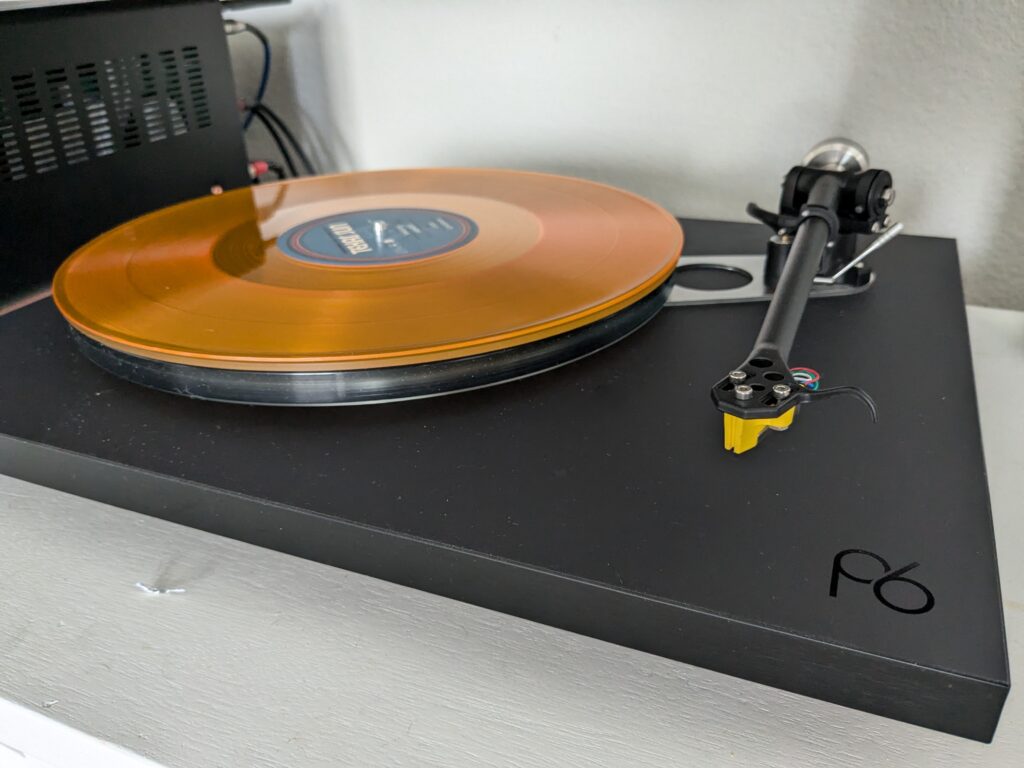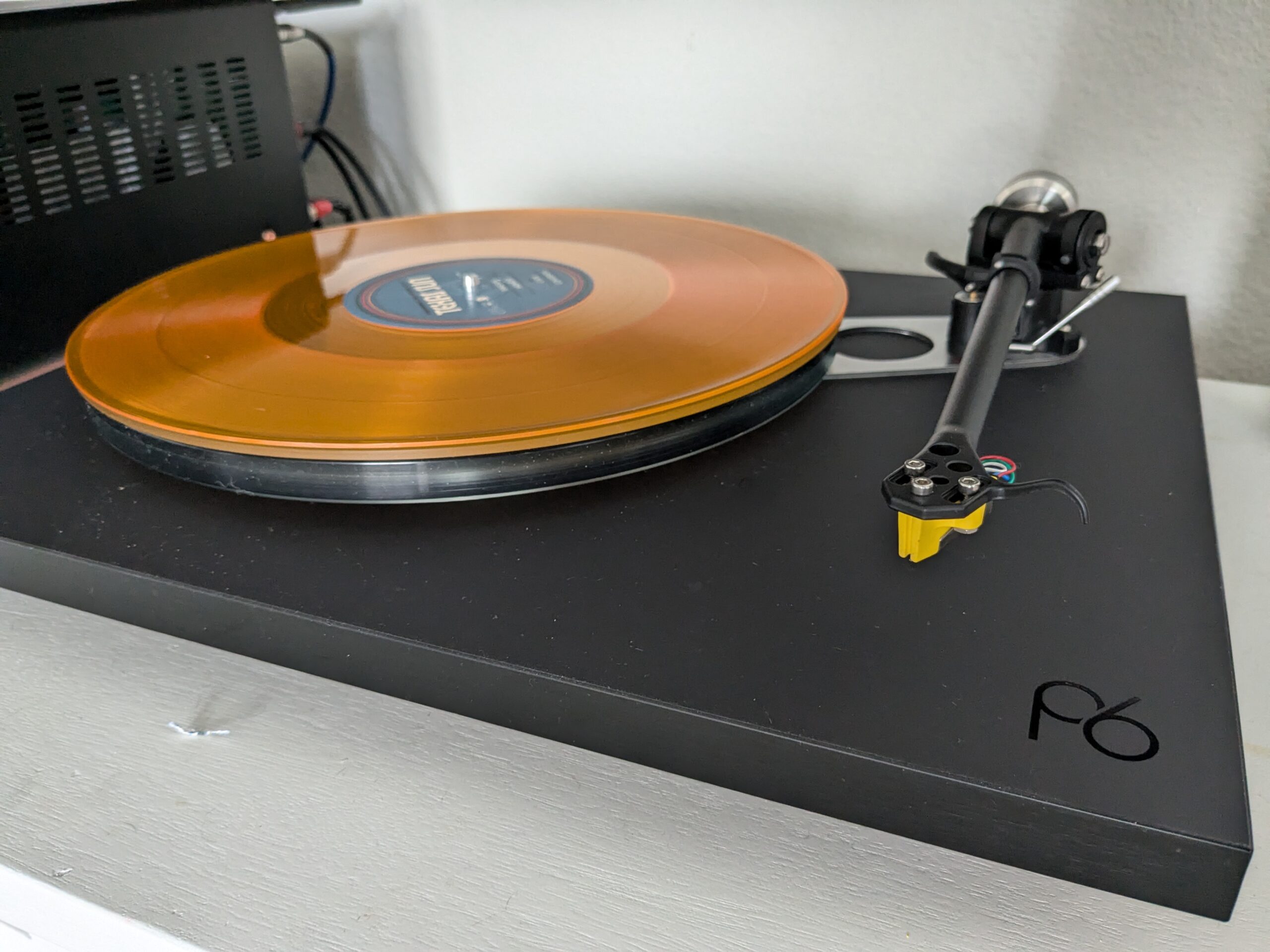The Planar 6 sits at the middle of the current Rega range of turntables. Not groundbreaking, but neither is it a slouch. I was quite surprised when I dropped the needle the first time. But seeing as it was a turntable I never expected to own, you know I had to write a review once it was set up.
Did I expect it to beat my RP10? No, absolutely not. But it is a newer generation.
Alright, let’s get things underway.
But Again… Why Turntables?
It’s hard for me to claim nostalgia here, seeing as I don’t handily remember a time before CD’s and Cassettes. That is sure to make some of you feel old. Sure, my grandfather had an old turntable with a few dozen records laying around, but that’s all they were to me. Nothing more, nothing less.
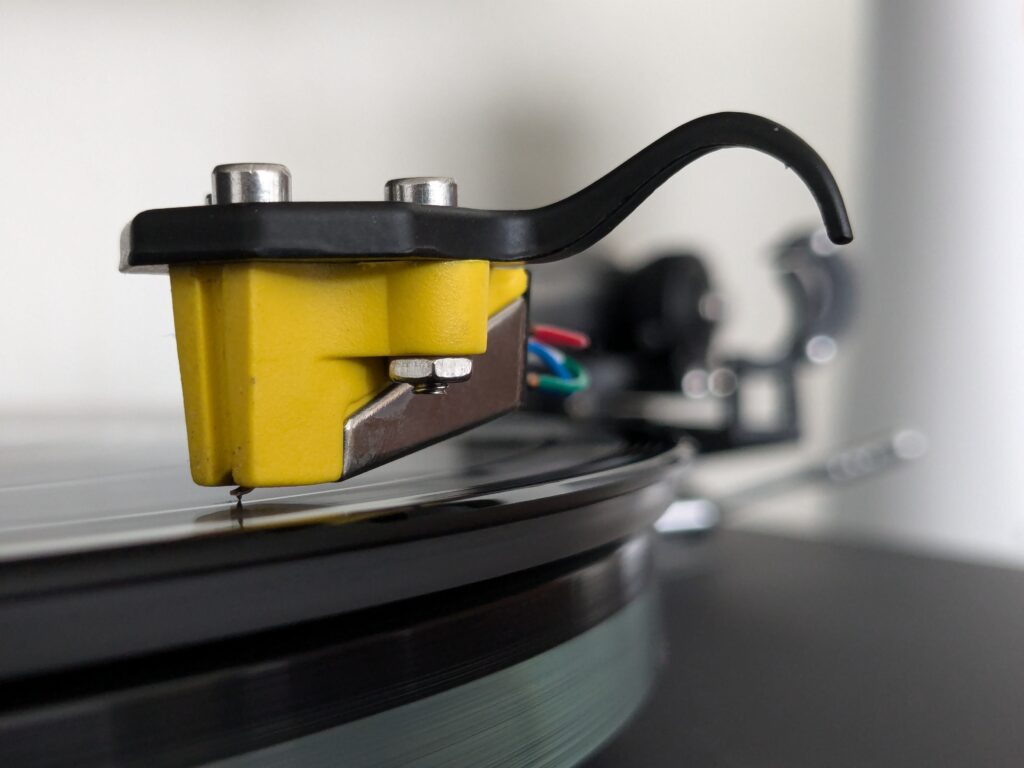
It wasn’t until after I started college and bought my first pair of real hifi speakers, the Rega RS7’s, that I was introduced to vinyl. And, just like most people perhaps, it didn’t stick with me at first. I really enjoyed the convenience of digital. And just like the majority of you, I very much recall spending all day and night ripping my CD collection. While not the biggest, I still had 6-700 CD’s that needed ripping.
Fun times indeed. I distinctly remember using Foobar2000 as my software of choice when it came to library management. I didn’t use it for ripping… that was EAC (Exact Audio Copy).
Anyways, I remember the first album I listened to on vinyl that made the decision easy for me… Love and Permanence by Azure Ray. It also didn’t hurt that I was listening to it on a decked out Linn LP12 that cost more than my entire system at the time combined. But who’s to judge!
It’s hard to describe the sound other than being more lifelike. I was in shock as I knew the “science”. LP’s have less dynamic range than digital, yet here I was thinking it sounded better. Even doing (sighted, but still) AB tests confirmed that what I was hearing was indeed different… and in a good way!
I really stretched my budget to get a Rega RP8, but later upgraded to a Rega RP10 with the OG Apheta cartridge. And as they always say, the rest is history
So why a Planar 6?
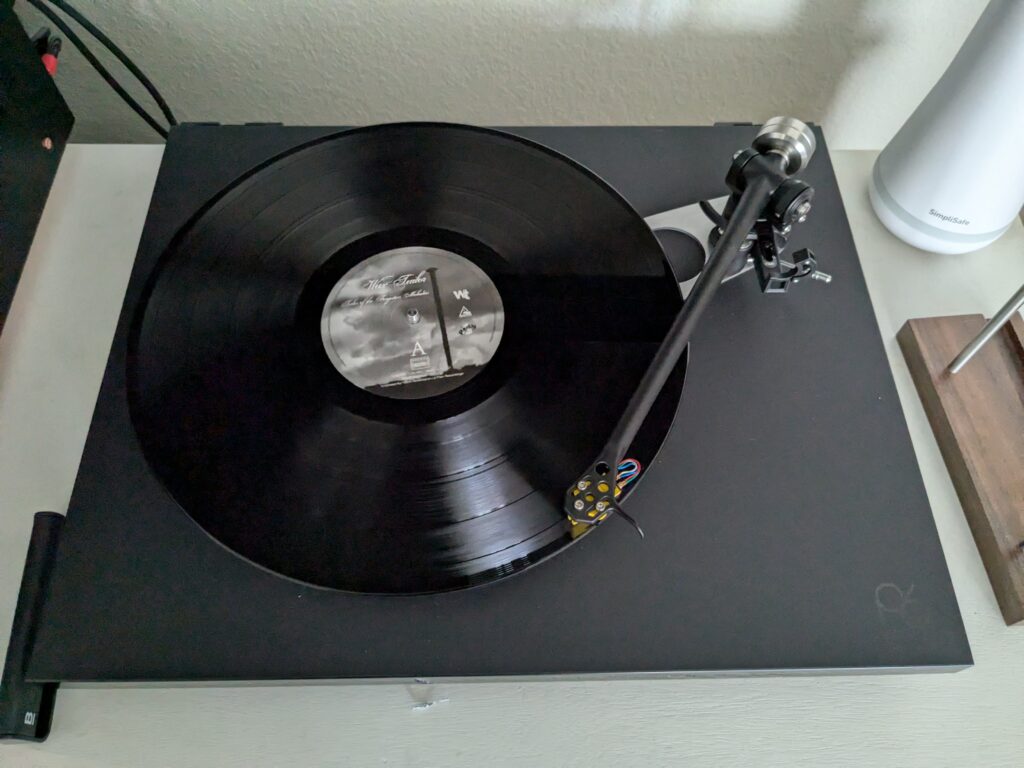
I’ll be honest. For a few years, I fell out of records. I’m mainly going to blame my kids. Raising them the past 6 years really shifted my priorities and again it became the convenience of digital that won out in the I-need-a-beer-at-the-end-of-the-day contest.
Fast forward until a couple months ago and I finally made time again for vinyl. The problem though… I wanted to listen with my wife downstairs in the living room but it really sounded better upstairs in the media room. What I found myself doing, stupidly, was moving the table from room to room on a weekly basis.
As you might imagine, this is not a very sound long term strategy.
After receiving a pair of Coherent Audio GR10’s, it became painfully obvious that my OG Apheta cartridge was in need of replacement. I don’t know if you’ve looked at prices, but a new Apheta 3 cartridge is $2250. I wasn’t too keen on spending that much, so I started looking at cheaper MC or MM options.
As a stroke of luck, I found a used Rega Planar 6 that came with a very lightly used Apheta 3 (<50 hours) and a mint Exact… all for less than the price of a new cartridge. Way less, really.
It worked out quite well really. The RP10 gets to live upstairs in the media room with the Aura and the Planar 6 downstairs connected to the Marantz Cinema 30.
The System

The system is a bit odd this time around, even by my standards. As you are probably aware of at this time, the Rega RP6 with an Exact cartridge is my source, feeding into the Marantz Cinema 30’s phono input. Instead of using the internal amps on the Marantz though, I’m using the pre-outs into an Audial A20 integrated.
Does the Audial have a bypass input? No. But max volume is effectively the same, providing 0dB of gain. It’s a little bit weird seeing “Volume MAX” on the Audial, but what can you do.
As for speakers, I brought out my reference Rega RS10’s. They have been shaking off years in boxes and have consistently reminded me why I picked them up in the first place.
Music, Music, Music
I’ve gone on a bit of a kick this time. I was listening to Wax Tailor and then I just kept on going. And going. Let’s talk about it.
I started with Tales of the Forgotten Melodies, which I consider to be the first album that really propelled the artist into the spotlight… relatively speaking.
The opening track Que Sera played with good authority into the low end. I was actually surprised at first, since it was awfully reminiscent of the RP8 that I had before I upgraded. Being an MM cartridge, I did find the highs to be ever so slightly recessed. Not in a way that necessarily detracted from from the music, but something to note.
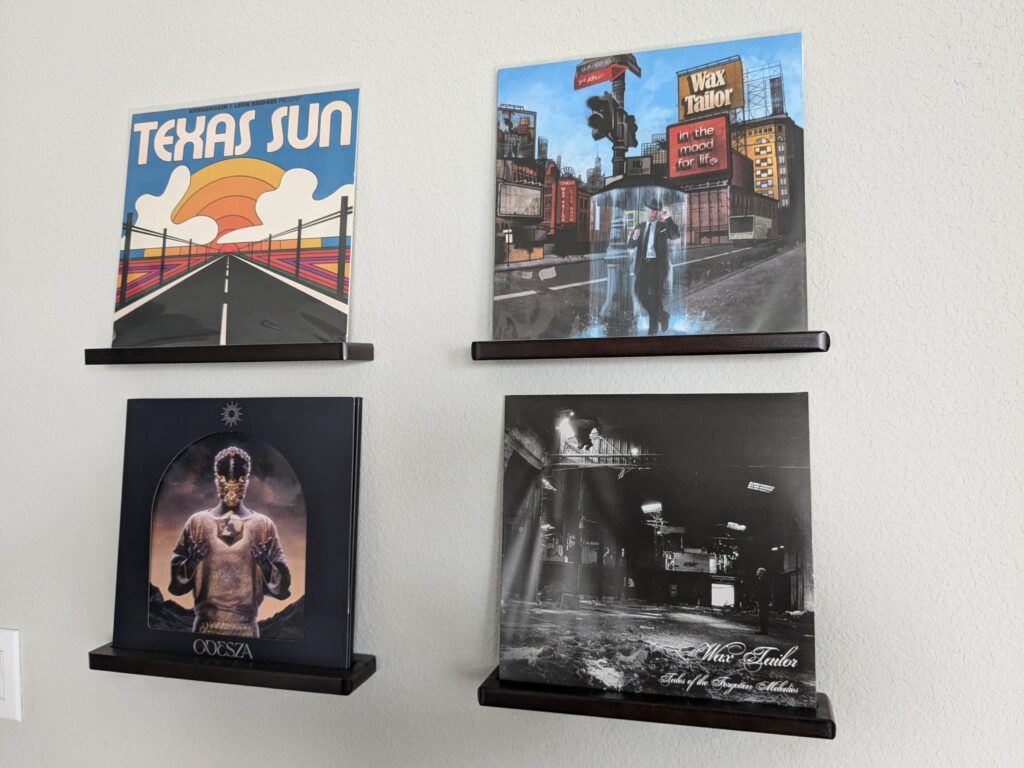
This recess is something you find in a lot of MM cartridges, simply due to the amount of mass the needle has to move.
Moving onto “Ungodly Fruit”, the Planar 6 continued to show its chops by playing with a good pace and keeping the music interesting. I definitely found myself putting down the pen and paper to simply listen.
Getting to “Where My Heart’s At”, we get into the meat and potatoes of the album. This is a fast paced track. The Planar 6 did well here to convey the soul of the music. It definitely kept me interested. This was the first track that the Planar 6 fell just slightly short though. The sound is consistently bouncing between the two channels and the artist plays with the depth of the soundstage as well. I felt as though it was a bit flat front to back. Still enjoyable, but just something I noticed.
“Am I Free”… I wanted to talk about this briefly. This track heavily relies on the ambiance that it creates. After hearing the compressed soundstage on the last track, I couldn’t help but notice this as well here. After the side of the record was done, I had to switch back to the reference RP10 to see if it was the album or the turntable. Indeed it was the turntable that wasn’t able to accurately convey the real size of the soundstage. Still good! But not what I’m used to.
Next up is “Walk The Line”. I feel like this track is driven by the violin melody along with the vocals, and the Planar 6 did a great job displaying its main strength – rhythmic stability. It is so consistent at delivering music that makes you just want to listen. It delivers on those fundamentals well enough that most everyone won’t find a need for anything greater.
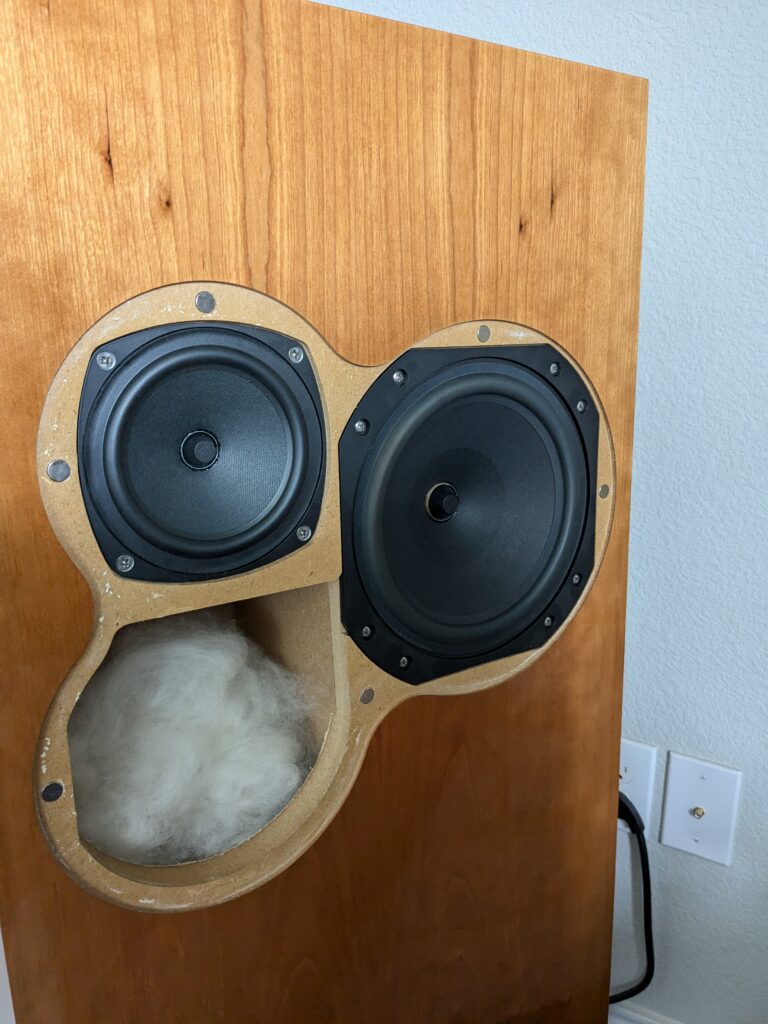
The next album I wanted to talk about was…. you guessed it, Wax Tailor’s next – “Hope & Sorrow”. I feel like this album didn’t get near the accolades as the previous. It definitely isn’t as catchy from beginning to end.
Starting things off with “The Games You Play”, the Planar 6 continues mastering the fundamentals providing me with an enjoyable listening experience. Bass is deep and well defined without sounding wholly. Vocals are easily heard and the upper-mids into lower-highs aren’t harsh.
“The Man With No Soul” is always a track I’ve loved. For no reason other than the vocals and overall mastering of the track are something I enjoy. Again I was forced to put my pen down so I could simply listen. I didn’t notice the compressed soundstage here as much, though the highs not being as airy as I’m used to on the RP10 was definitely noticeable.
Of course we have to talk about “Positively Inclined”. In order for this track to shine, the vocals and cello need to be really well defined. What I mean is no slurring and clearly placed in the soundstage. There’s also a flute that should be airy and whimsical. On the first two points the Planar 6 delivered in spades. I had no issues locating vocals and instruments and the cello was girthy (enough). The flute on the other hand, while it had great tone, I could have used a bit more air. It felt much closer in to the cello when I’m used to it being further back.
I will be honest that I don’t have any notes for the rest of the album. While this doesn’t help you, the reader, it should be read as a good thing overall. The Planar 6 delivered on all the major points I like to see in a turntable and simply made me put down my notepad. At a high level though, I was consistently reminded of the RP8 I had for a while. Same level of dynamics and detail retrieval.
In Conclusion
I’m somewhat thankful to the Planar 6 as it allowed me to reignite my appreciation for vinyl. I was truly out of the game for a good couple of years, especially as it was a pretty solo experience being in the media room by my lonesome. It sounds a little ridiculous, but buying a second turntable allowed me to listen to vinyl wherever I was. Want the best? Go upstairs. Want to interact with my kids and get them excited about vinyl? Downstairs in the living room!
I’m happy to add this album to my collection and more than happy to recommend it to other vinyl-goers.

